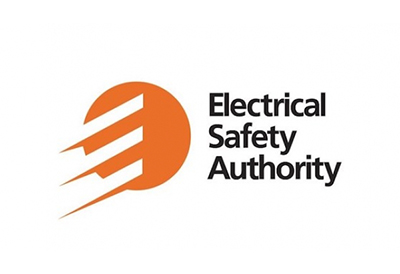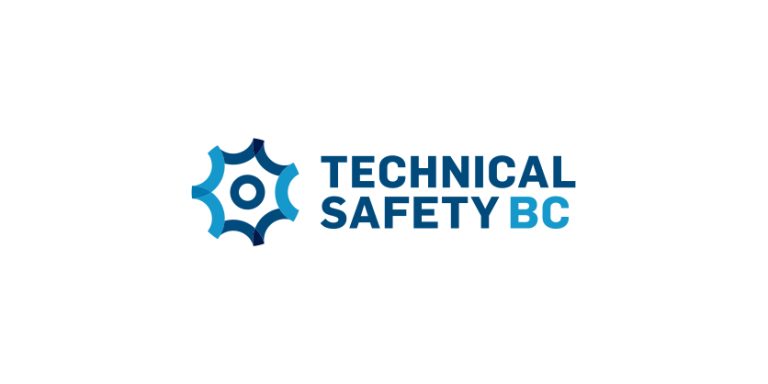Siemens and Stromnetz Hamburg Launch Pilot Project for Digital Secondary Distribution Network

Sept 12, 2019
Growth in electromobility, along with the required charging infrastructure, presents distribution networks with enormous challenges. To address this, Siemens and Stromnetz Hamburg GmbH have started collaborating on a three-year pilot project aimed at avoiding extensive expansion of the low-voltage networks and preventing overload situations in secondary distribution networks. Applying a concept for resilient information and communication technology to digitalize secondary distribution networks, the project’s goal is to facilitate stable and reliable operation of the low-voltage networks to ensure secure power supply as demand for electric vehicle (EV) charging infrastructure grows.
Hamburg will also be moving to expand electromobility and the supporting charging infrastructure. In its capacity as the responsible distribution network operator, Stromnetz Hamburg must ensure secure, reliable network operation and, at the same time, enable home charging stations to be increasingly integrated in the network. Specified voltage ranges must also be maintained. Until now, home charging stations have generally been integrated without external control or possibilities for intervention. As a result, distribution networks reach their capacity limits when a large number of electric cars are charged simultaneously, during peak periods such as the end of a work day. The capacity limits of existing networks can currently be overcome only by augmenting existing cables and replacing transformers and switchgear. However, this requires labor-intensive and costly construction measures, which can also have a significant negative impact on the quality of urban living. Stromnetz Hamburg and Siemens are therefore collaborating on a digital solution. By intervening with control and regulating measures, low-voltage network operators can exploit the flexibility of home charging stations to relieve the network, for example by distributing the load.
“The requirements to be met by future distribution networks are increasing steadily due to the greater demand for power resulting from electromobility,” says Thomas Volk, Managing Director of Stromnetz Hamburg. “We must be prepared for this and make our network smarter and more flexible, especially on the low-voltage level; a high degree of digitalization is the only way to reasonably be ready to deal with sporadic capacity bottlenecks. The pilot project with Siemens gives us the opportunity to thoroughly test this technology before rolling this – or comparable solutions – out more broadly. Our customers should be able to meet their changing mobility needs and be able to rely on a stable and secure power network in the future.”
“We are pleased to implement this future-oriented pilot project together with Stromnetz Hamburg,” said Michael Schneider, who heads the Digital Grid Software & Consulting Segment at Siemens Smart Infrastructure. “The rapid growth in electromobility in cities such as Hamburg will mean heavier loads and a greater demand for high power in the low-voltage network, potentially resulting in network overloads. Smart, decentralized monitoring and control of private charging equipment on the secondary distribution network will help provide a fast, cost-effective solution for distribution network operators, enabling them to maintain the high reliability of their networks.”
The project is divided into three phases. The first phase involves testing the operation management concept on Stromnetz Hamburg’s innovation campus. In the second step, the findings will be subjected to field tests on the public network, and the concept will be further refined. Ultimately, the roll-out of a production solution of the control and connecting units will be prepared.
A digital secondary distribution network is set up as follows: A smart monitoring and control unit is installed in the secondary substation as decentralized intelligence. It monitors the low-voltage network and transmits set points to the home charging station in the event of overload situations to instruct the station to reduce its charging power. The equipment communicates using Powerline Communication and ensures that neither personal data, nor data that permits conclusions to be drawn about the behavior of the vehicle owner are used. The solution is designed to operate autonomously, without any communication with a central system being necessary during operation, thus enabling it to be selectively rolled out to the distribution network in a targeted manner. The use of self-learning processes makes it possible to minimize outlays for commissioning and maintaining the digital secondary distribution network.
The digital secondary distribution network will help to maintain the voltage in the low-voltage network and to avoid overloading. This will be an important factor in stabilizing the network, not only as electromobility expands, but also when feeding in electricity from renewable energy sources, such as photovoltaics or with the increased use of heat pumps. The digital secondary distribution network thus plays a key role in the transition to a new energy mix and decarbonization of the energy and traffic sectors.









![Guide to the Canadian Electrical Code, Part 1[i], 26th Edition – A Road Map: Section 10 – Grounding and Bonding](https://electricalindustry.ca/wp-content/uploads/2022/11/Guide-CE-Code-2.png)





